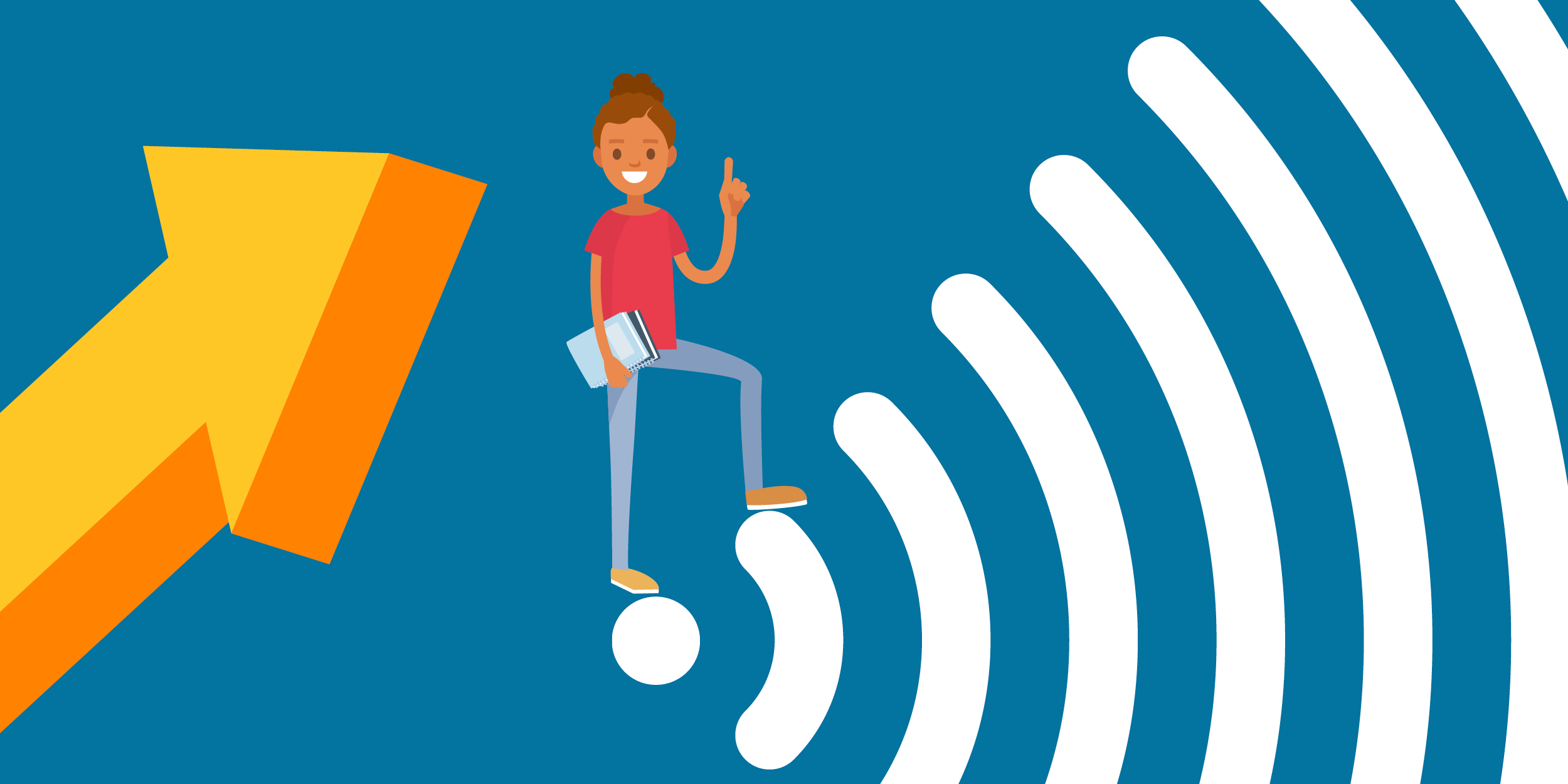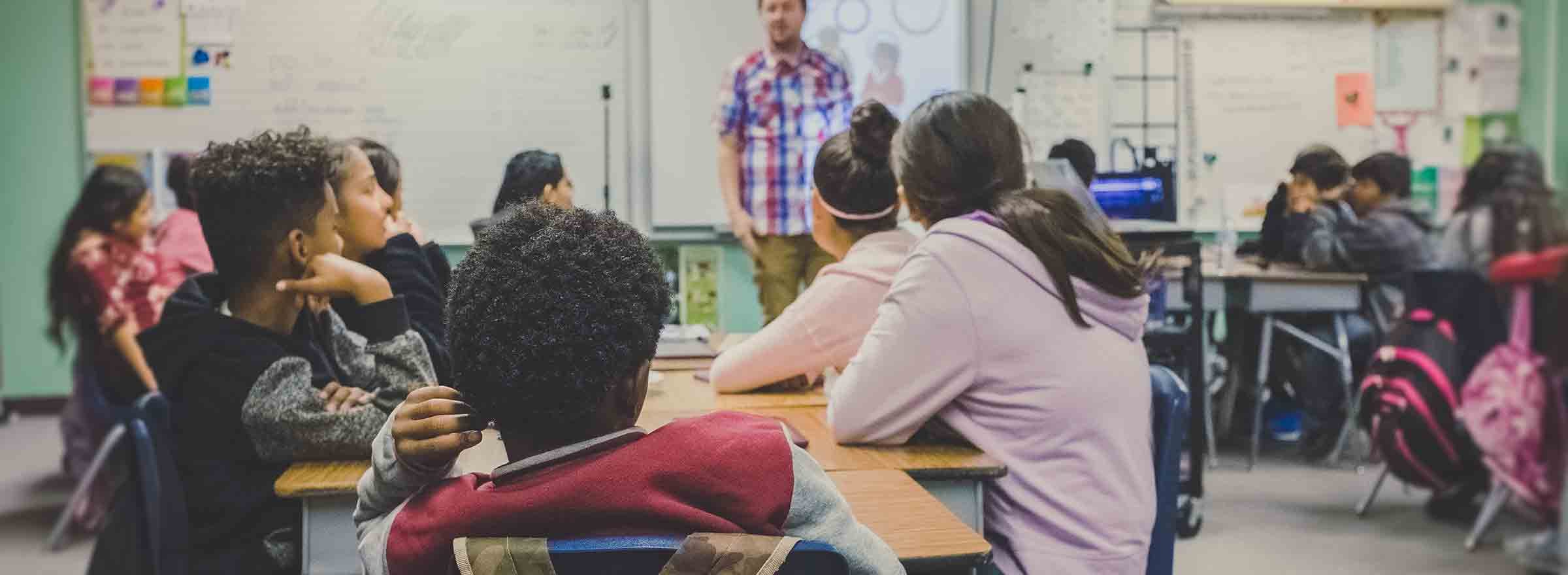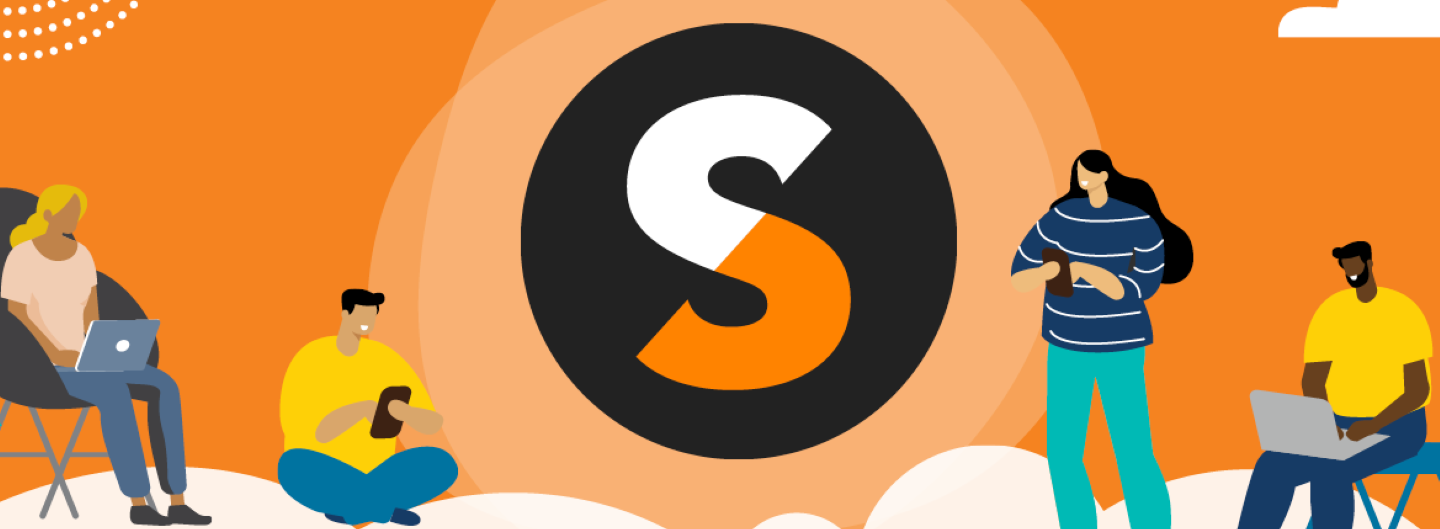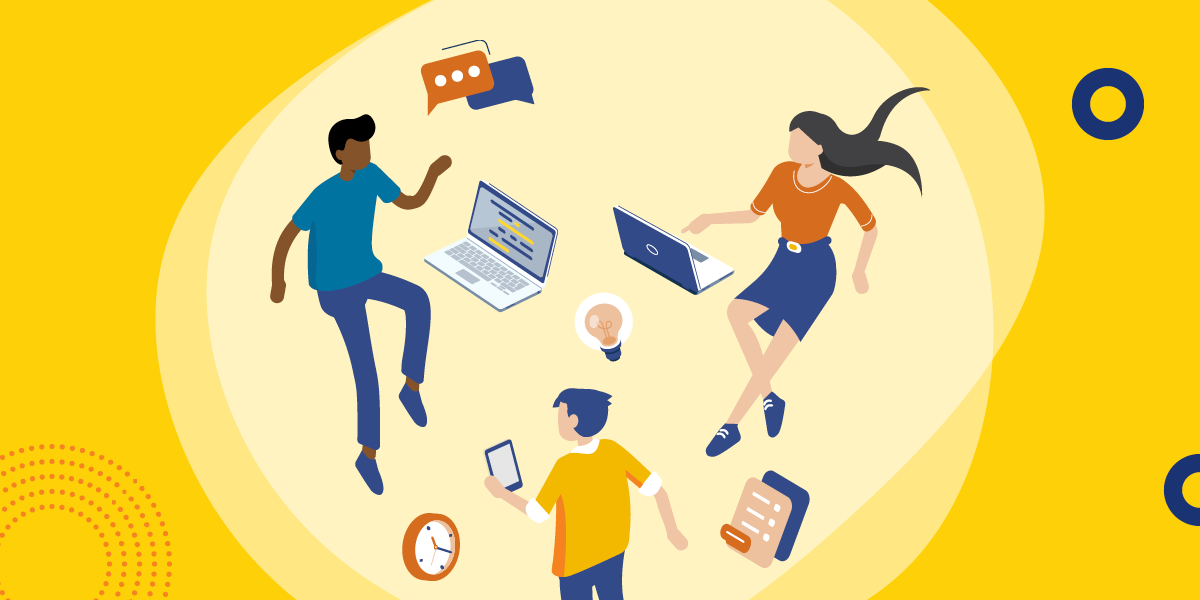Researchers at Purdue University maintain that the digital divide is the most critical issue of the 21st century. It is a persistent social problem that hobbles millions of Americans and one that multiple types of nonprofits work on. TechSoup donor partner Mobile Beacon has conducted some very interesting research on how nonprofits are getting digitally disadvantaged communities connected to the information economy. Here's what Mobile Beacon found.
The Current State of the Digital Divide

The digital divide remains a thorny U.S. problem, especially among households with incomes below $30,000 per year. Nearly half of the adults in these households don't have home broadband services or a traditional computer. And roughly a third of all American adults still don't have broadband Internet service at home.
In addition to low-income people, the digital divide persists among seniors and rural Americans. But perhaps most troubling is the homework gap. Millions of school-age children do not have a broadband Internet connection at home, and so have real trouble doing their homework.
Mobile Beacon Research
Mobile Beacon has conducted two studies on the effects of affordable and unlimited broadband both on nonprofits themselves and their low-income clients. The studies are
- Creating Opportunity Through Connectivity. This report explores how many different types of nonprofits and community anchor institutions are using Mobile Beacon's service to benefit their communities.
- Bridging the Gap: What Affordable, Uncapped Internet Means for Digital Inclusion. This research examines how individuals and families below the 200 percent poverty level are making use of unlimited Internet access.
Creating Opportunity Through Connectivity
Cognitive scientist Samantha Schartman-Cycyk and Mobile Beacon Executive Director Katherine Messier authored this study based on a survey of just over 2,500 Mobile Beacon nonprofit clients. The types of nonprofits surveyed were diverse. They included community nonprofits, nonprofit schools and daycares, churches and other faith-based organizations, healthcare charities, animal rescue organizations, performing arts groups, advocacy organizations, museums, and grantmaking foundations.
Community nonprofits had the highest data usage among all organizations. The top three types of clients or communities these charities report serving include children and youth, the general public, and students.
Key Findings
- Eighty-four percent of respondents rate the importance of having unlimited data as "very important" to "essential" to their existing programs.
- Eighty-six percent of respondents whose previous Internet service was subject to a data cap needed more data than they could afford. This resulted in additional unplanned costs from overage charges or diminished service.
- Among nonprofit Mobile Beacon users, 90 percent use their Mobile Beacon hotspots and $10 monthly unlimited mobile broadband service for staff, and 41 percent for clients.
- Nonprofit clients mostly use their connectivity for research, email, job-skills training, and homework.
- Sixty-seven percent of nonprofits use Mobile Beacon's hotspots for work outside the office. Common uses include telework, community outreach, travel, and offsite meetings and trainings.
- More than a quarter of surveyed nonprofits use Mobile Beacon's service to provide Internet access to their community through hotspot lending programs, with another 12 percent planning to add such a program soon.
- Eighty-two percent of all respondents say they have saved money by using Mobile Beacon's Internet service.
Insights
There is, of course, a digital divide among low-income Americans, but there is also what we at TechSoup call an organizational digital divide. Many nonprofits themselves are low-income and benefit greatly from low-cost, uncapped broadband. This is a groundbreaking study on how charities use this resource for both their staff and their clients.
Nearly a third of nonprofit respondents report relying on Mobile Beacon service as their main Internet connection. A majority of respondents reported that unlimited data has allowed them to expand their program services. One hundred percent of the respondents say they would recommend Mobile Beacon service to other charities.
Bridging the Gap
Bridging the Gap: What Affordable, Uncapped Internet Means for Digital Inclusion focuses primarily on how low-income individuals and families use mobile broadband Internet when they are able to get it. This study was also authored by Samantha Schartman-Cycyk and Katherine Messier.
Mobile Beacon partnered with PCs for People (a TechSoup refurbisher partner) to create Bridging the Gap. It's a program that provides affordable, refurbished computers and $10 to $13 per month uncapped, high-speed mobile broadband service to individuals and families below the 200 percent poverty line.
In late 2016, after the program was well underway, Mobile Beacon sent a survey on use patterns to a random sample of nearly 3,000 Bridging the Gap subscribers. The subscribers were located in the Minneapolis/St. Paul area. This work yielded unique and detailed new information on how low-income people use affordable home broadband when it is available to them.
Findings and Insights
The Bridging the Gap report sought to find out which members of a household use the Internet the most and for what purpose. It also researched whether access to home broadband actually does drive high-value online behaviors such as skills and education acquisition and workforce development outcomes.
People really used their uncapped home broadband. Nearly three-quarters had never had a home Internet connection before. After enrolling in Bridging the Gap, 100 percent of respondents reported having one or more Internet-capable devices. More than 80 percent reported spending several hours on the Internet each day.
In 60 percent of the households that have school-aged children, the child (or children) are equal or primary users of the Internet. However, adults were the primary users in 41 percent of all households.
- Fifty-four percent of parents reported their children spend more than 4 hours per week doing homework online.
- Ninety-five percent of respondents with school-age students reported they can now communicate with their children's teachers more.
- Job search and preparation were a huge benefit to Bridging the Gap participants. Fully 50 percent of respondents reported to be unemployed at the time of enrollment in the Bridging the Gap program. Forty-two percent of respondents reported actively searching for and applying for jobs online.
- Nearly one-third (32 percent) of respondents reported that an adult in their household is currently taking a continuing education class or attending college.
- Almost a quarter of respondents (24 percent) said they started taking daily or weekly online classes after signing up for Mobile Beacon's Internet service through Bridging the Gap.
- Not surprisingly, a majority of people reported that data caps had previously hobbled their ability to take advantage of high-value online activities like pursuing online classes or educational activities for their children.
Expanding to Other Cities
This study proves that it is critical to provide low-income Americans with the reliable connectivity necessary to compete in today's world. Because of the success of this program in the Twin Cities, the Bridging the Gap program has expanded to other cities now.
For more information on this study, see Benton Foundation's Experimentation Is the Watchword as Communities Seek to Close Adoption Gaps.
The TechSoup Mobile Beacon Donation Program
Mobile Beacon has been a long-time donation partner with TechSoup. To date, hundreds of TechSoup members have requested more than 22,000 hotspots with Sprint data plans. The Mobile Beacon Donation Program offers hotspot devices and unlimited 4G broadband Internet to nonprofit, library, church, and foundation members. The devices keep staff and clients connected anywhere.
Each hotspot provides Wi-Fi connectivity for up to 10 computers or Wi-Fi-enabled smartphones and tablets wherever one can receive a Sprint signal. A single hotspot is available for an $18 administrative fee. Each hotspot requires a Mobile Beacon 4G LTE service plan at the current nonprofit pricing of $120 for 12 months of unlimited service.
Additional Resources: Tech for Social Good
- Check out how one library is loaning hotspots in TechSoup Honors Unsung Heroes.
- Find out more about digital inclusion and other social impact in 8 Must-See Technology Panels at SXSW Social Impact 2018.








